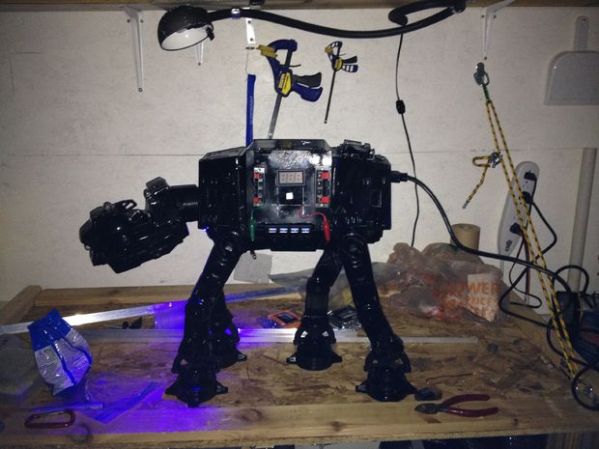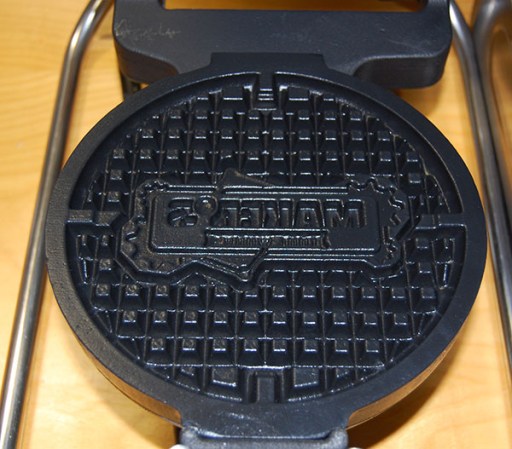[Jedii72] needed a power supply. A quick search online revealed many instructions for building one out of an old ATX power supply, but — he didn’t want just any kind of power supply — he wanted to build an AT-ATX.
He started with a vintage AT-AT toy from the 80’s, and then began cutting it into pieces. Hold for gasps of disbelief. Don’t worry though — it was in poor condition to start with, so it was never really considered a collectible. After cleaning over 30 years of grime and dirt off the toy, he gave it a fresh coat of jet black paint — not exactly canon, but it does look pretty awesome. You know, it would make a pretty awesome Sci-Fi contest entry, don’t you agree? Continue reading “An AT-ATX: A Different Kind Of Power Supply”

















